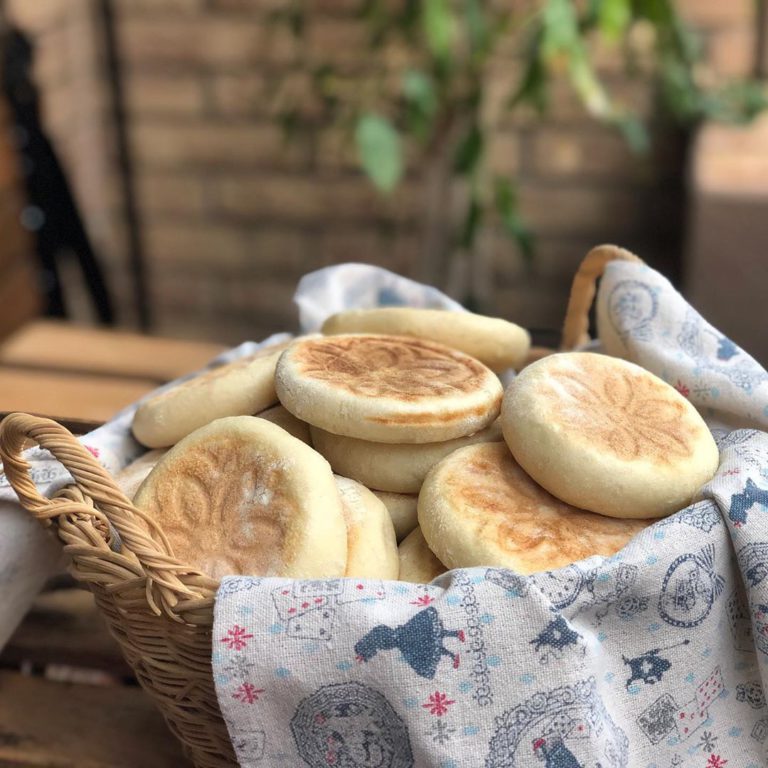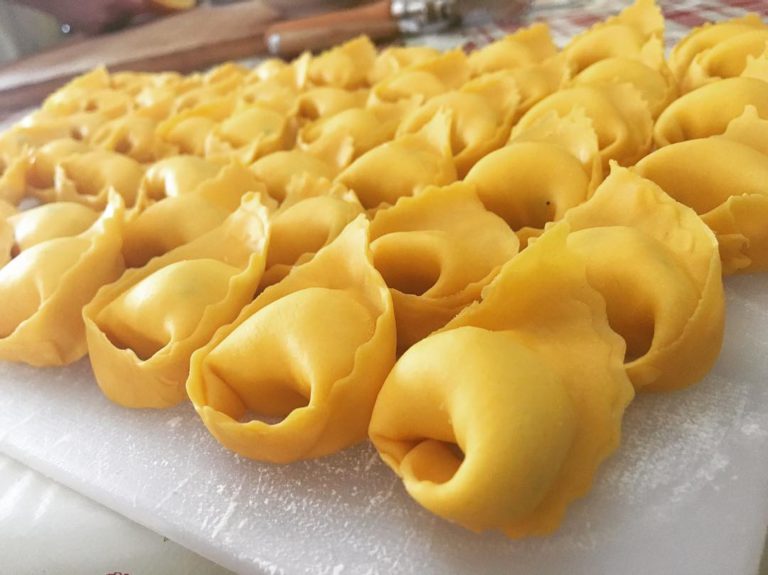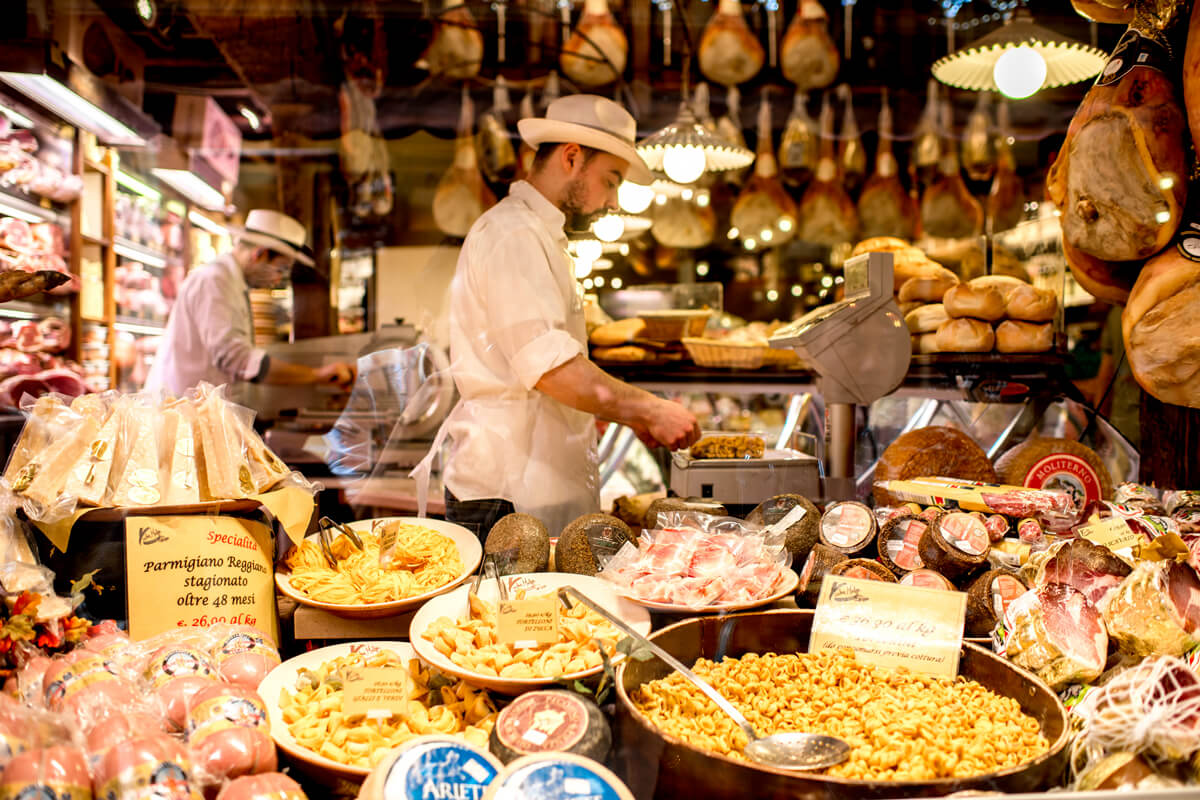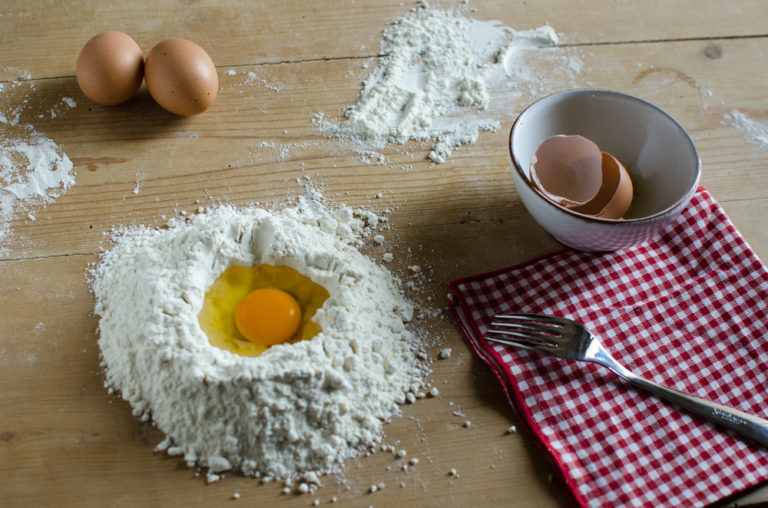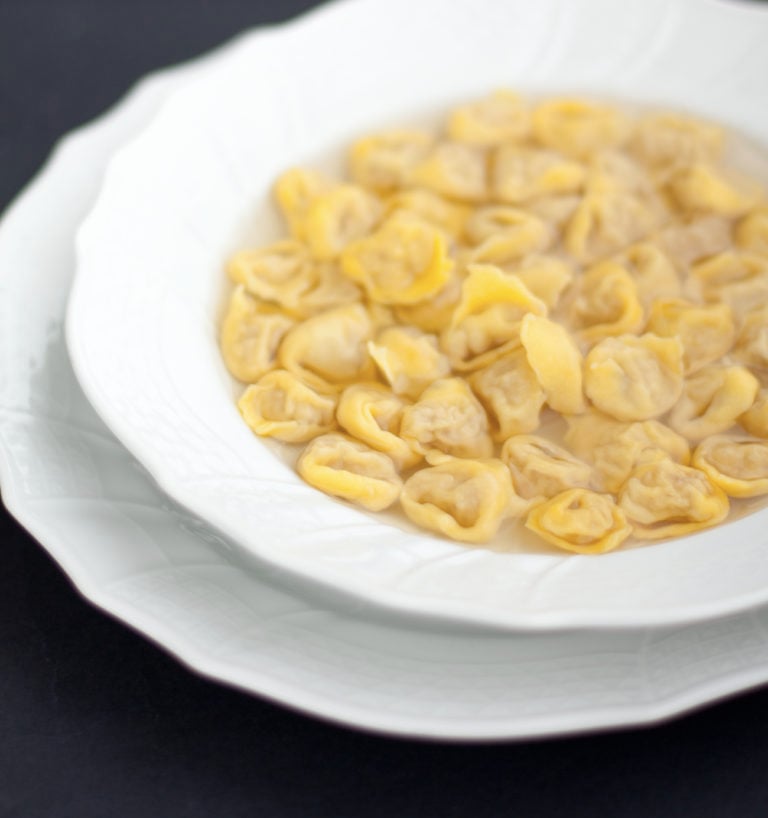King of appetisers, prince of aperitifs, special guest at food festivals and village fairs. It is hard not to come across gnocco fritto (literally “fried dumpling”) during a trip to Emilia-Romagna, and even harder not to taste it.
As you move from city to city, however, you can easily realise that there are many variations of it. The main differences lie in the name, but sometimes you will also notice slight variations in the shape and ingredients.
Travelling along the Via Emilia from Piacenza to Bologna and then from there on to Ferrara, gnocco fritto becomes chisulen, torta fritta, crescentina and pinzino.
But the essence remains the same. A soft, puffy dough, cut into lozenges and then dipped into boiling oil. For a truly satisfying experience, fried gnocco should be enjoyed immediately after cooking.
Let’s find out how this tasty dish is made and the recipes for gnocco fritto in Emilia-Romagna, in all its variations.
The History of Gnocco Fritto
Gnocco fritto is a speciality that comes from afar.
According to some sources, its origin can be traced back to the time of Lombard domination, a people who settled in Emilia-Romagna in the 6th century after the fall of the Roman Empire, occupying the territory between Piacenza and Imola.
Accustomed to the use of lard in the preparation of food, the Lombards would spread this ingredient among the local population, and from there it would come down to us. It is still used today in many traditional recipes.
Fried gnocco is an example of this. Although today it also exists in a vegetarian version, lard is used both in the dough and in frying when prepared as in the past.
And it is precisely its calorific nature that has made it the ideal food for many generations of farmers, who drew from it the energy they needed for their hard work in the fields.
But how is fried gnocco prepared? This street food is so well known and appreciated throughout Emilia that every family (and every restaurant) has its own recipe. Let’s have a look at some of them.
Gnocco Fritto - Modena and Reggio Emilia

In Modena and Reggio Emilia people eat gnocc frett, also known as gnocco fritto, usually in combination with typical cold cuts and soft cheeses such as stracchino and squacquerone.
Among the possible pairings, however, you can also eat it with spring onions in balsamic vinegar and with pinzimonio (raw vegetables with an oil dipping sauce), as well as with a good glass of Lambrusco DOC.
Traditionally, in Modena it is also eaten at breakfast dipped in cappuccino, whether freshly made or from the previous day.
In Reggio Emilia, on the other hand, we can find a baked version of gnocco fritto: it is called chizza reggiana, a product created at the beginning of the 20th century by the Jewish confectioner Federico Sacerdoti with the aim of offering a lard-free alternative to the traditional gnocco, which could therefore respect the rules of kosher cuisine.
Here is the recipe for fried gnocco:
INGREDIENTS
(for 4 persons)
- 500 g flour
- 25 g lard
- 25 g brewer’s yeast
- 125 ml milk
- 125 ml water
- oil (or lard) for frying
- salt
PREPARATION
After melting the yeast in water and milk, incorporate the flour and then the lard and salt, and start kneading until you obtain a soft and elastic consistency.
Let the dough rest for half an hour at room temperature before rolling it out with a rolling pin to a thickness of 3 millimetres.
Cut it into lozenges with the help of a toothed cutting wheel and then fry the gnocchi in hot oil or lard, turning them first on one side and then the other until they are puffy and golden.
Torta Fritta - Parma
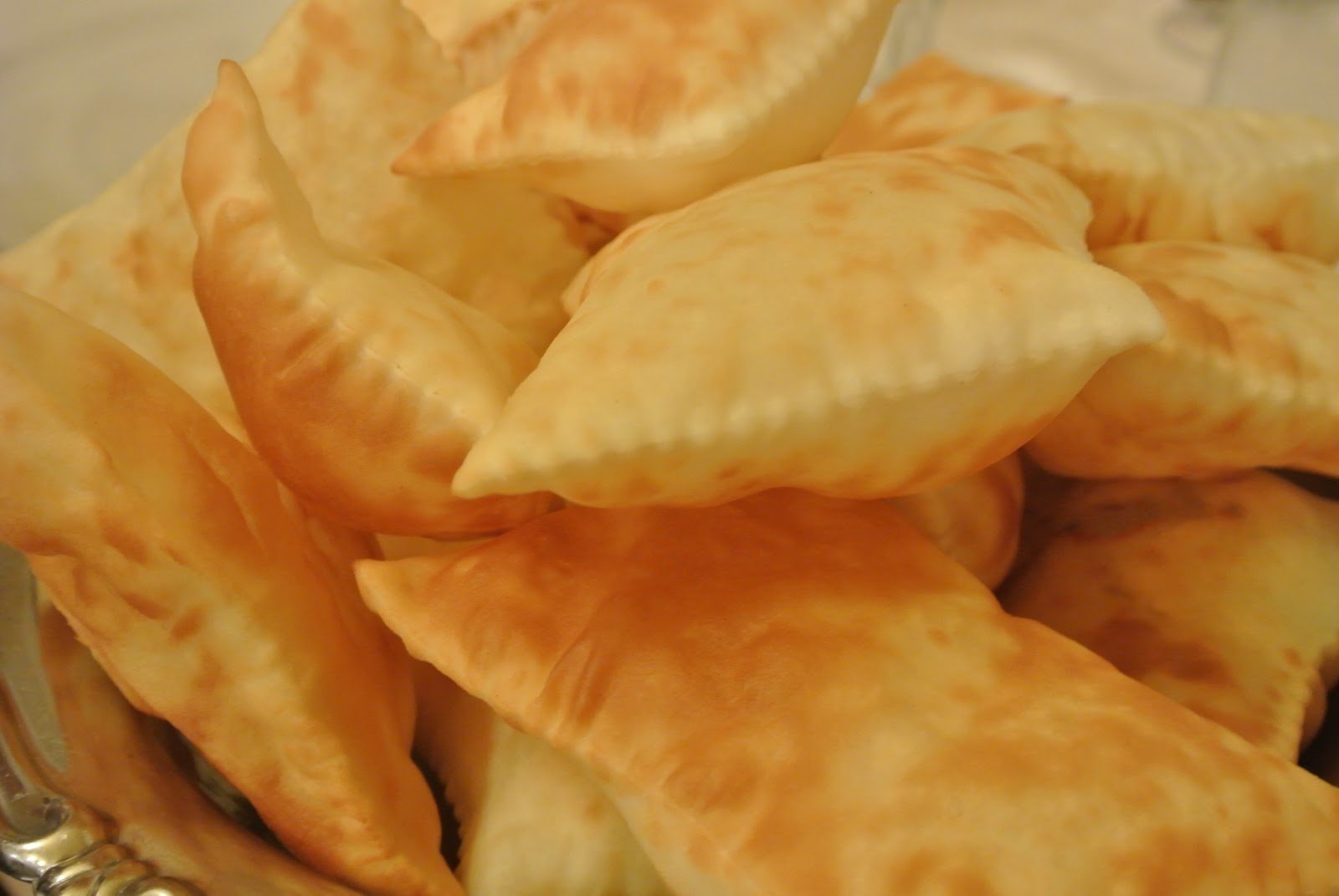
In Parma, anyone wishing to taste this traditional Emilian delicacy will have to order the torta fritta (fried cake).
If you are wondering why a savoury dish has this name, it can be easily explained: it seems that it was once eaten at the end of a meal, sprinkled with sugar and served just like a dessert.
The recipe for torta fritta is very similar to that of gnocco fritto from Modena and Reggio Emilia, except for the use of milk, which is not present in the Parma version (depending on the recipe, it may also be missing from gnocco fritto).
The liquid part is therefore exclusively provided by lukewarm water. Once ready, the fried cake is served with a pinch of fine salt.
Chisolini o Chisulèn - Piacenza
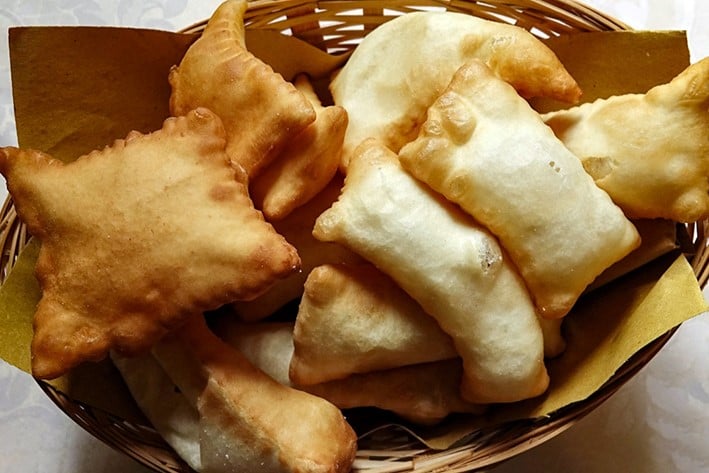
Typical of the province of Piacenza and especially Fiorenzuola d’Arda, chisolini or chisulèn are one of the most popular specialities of the area, where they are usually served in restaurants as an appetiser.
Together with chisolini, on the typical Piacenza chopping board we find cured meats such as spalla cotta, cooked or raw ham, pancetta and coppa, and cheeses such as gorgonzola, including spicy gorgonzola.
Sometimes it is prepared in the shape of a morsel or breadstick, but the most classic chisolino remains the diamond-shaped one.
Crescentine - Bologna
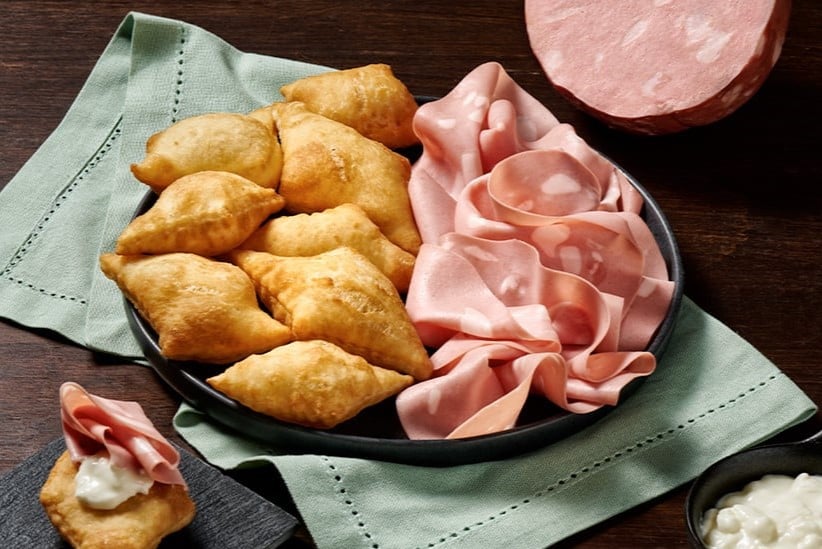
Not to be confused with those of Modena – often called tigelle from the name of the griddle used to cook them – crescentine are the Bolognese version of gnocco fritto.
They are prepared with flour, fine salt, lukewarm water, milk and fresh yeast; the greasy part is provided by extra virgin olive oil, which, as we have seen, can replace lard.
Similarly, in the capital of Emilia crescentine are fried either in lard or in peanut oil; a little trick to make them less greasy is to add a teaspoon of vinegar directly into the dough.
Among the suggested combinations is undoubtedly that with mortadella Bologna IGP and the inevitable soft cheeses, but also pickles and marinated vegetables.
Pinzino - Ferrara

The recipe for pinzino ferrarese follows those seen so far for the various versions of gnocco fritto, except for the absence of one important ingredient: yeast.
Pinzino is therefore made only with flour, lard, sparkling water, milk and salt, which makes the Ferrara speciality crispier than its Emilian counterparts.
As for the shape, some make them round-shaped and pierce them with a fork on the surface, while others give the dough an elongated rectangular shape, cutting into the middle with small slits.
To fill them, a slice of salama da tai or salami ‘zia ferrarese’ is recommended.
Author

Maria Grazia Masotti
An eternal dreamer, but I try to stay grounded. I was raised in the countryside but I love big cities. I’m always ready for a trip, as long as it’s sustainable.
You may also like
Emilia-Romagna’s Food Markets that You cannot miss!
by Davide Marino /// March 15, 2023

Interested in our newsletter?
Every first of the month, an email (in Italian) with selected contents and upcoming events.
